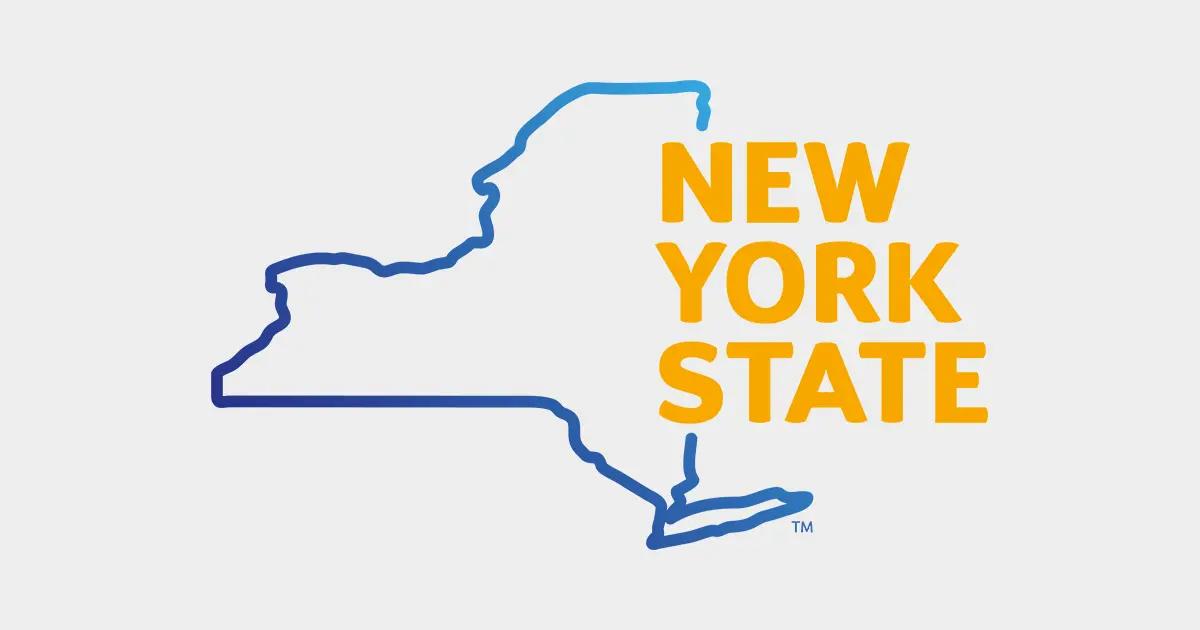After what we were told were long negotiations and deliberations between Governor Andrew M. Cuomo, the Legislature of the State of New York, and their staff-persons, the Fiscal Year 2021 New York State Budget passed at 3 a.m. on April 3, 2020. As a result, some changes will be made to the Medicaid Managed Long Term Care program. These changes were borne from recommendations made by a Governor-appointed task force named the Medicaid Redesign Team II (MRT II). On March 19, 2020, the MRT II reported their findings and put forth recommendations. While not all of the recommendations of the group were adopted, several were, in whole or in part.
The information below highlights some of the changes to the Medicaid program and other budget provisions that may be of interest.
Medicaid Managed Long Term Care
Two separate provisions referring to the spouse of a Community Medicaid recipient were being threatened by the recommendations of the MRT II. We are pleased to report that both of these protections remain intact.
Spousal Refusal is Alive and well
The first such protection is known as “spousal refusal” and it is alive and well in New York State! The proposal was to eliminate spousal and legally responsible relative refusal, which also includes the parents of an ill minor who is a Medicaid recipient. Maintaining this protection means that while one spouse is a recipient of Medicaid Managed Long Term Care, the income and resources of the other spouse will not be considered in determining eligibility for the spouse in need of services. Maintaining this protection is vital to New York State’s Medicaid program.
Community Spouses resource allowance preserved
Of further concern to planners in this area was that spousal refusal would be eliminated AND the Community Spouse Resource Allowance (CSRA) would be lowered. The CSRA is the amount of assets that the non-Medicaid spouse can maintain without affecting Medicaid eligibility. These two changes, when taken together, could have forced impoverishment on the non-Medicaid spouse or forced them to place their loved one in a nursing home to avoid such drastic consequences. The final budget’s rejection of the recommendation to reduce the CSRA will continue to give couples options for care in the home without fiscal ruin.
New look back Period for home care
A significant change that will affect how individuals access home care services through Medicaid Managed Long Term Care is the imposition of a 2 ½ year (30 month) look-back period for community Medicaid. What does this mean? When applying for community Medicaid, you will need to show that for 30 months prior, neither the Medicaid applicant nor their spouse transferred assets out of their name. If transfers were made within that time period, a penalty period will be assessed. This means that there will be a period of time during which Medicaid will not provide services. This change will not go into effect until October 1, 2020. This means that now is the time to plan.
Limitations on CDPAP
We will also see changes to the Consumer Directed Personal Assistance Program (CDPAP). This is the program in which a non-licensed person can provide services in the home rather than hiring through a home health agency. Effective October 1, 2020, any person applying for care through CDPAP will need to show that they require assistance with at least three activities of daily living. Alternatively, if an applicant has a diagnosis of dementia or Alzheimer’s disease, they must only show the need for assistance with one activity of daily living. Some of the recognized activities of daily living include bathing, dressing, grooming, toileting, walking, turning and positioning, and feeding. A new assessment tool will be developed by New York State Department of Health that will be the determinant of how many hours of care the CDPAP individual will receive. Further, the plan of care will now be determined by an independent physician, selected by the Department of Health, not the individual’s treating physician. Even with the October 1, 2020 effective date, these provisions will be phased in over time to give the Department of health the opportunity to put new systems into place.
It is true that some of these changes will have a large impact on Medicaid Managed Long Term Care recipients in the State. Now more than ever, it is important to take the time we are afforded with our current circumstances to educate yourself on how these changes may impact you and your loved ones and to take any steps necessary to minimize the effects.
Other Budget Provisions
- “E Pluribus Unum” meaning, out of many one, will be added to the New York State Coat of Arms.
- Cuts to personal income tax rates for those in the following tax brackets: $27,900-$161,550 and $161,550-$323,200.
- Provisions establishing paid sick leave for business of over 5 persons.
- The SUNY Curing Alzheimer’s Health Consortium will be created to conduct research regarding treatments and cures for the disease.
- Monthly cap on insulin co-payments to deal with rising costs resulting in those with diabetes engaging in rationing or skipping doses.
- A website is being created called NYHealthcareCompare. This will allow consumers to compare cost and quality of healthcare procedures at hospitals around the state.
- Ban on the “Pink Tax” which will eliminate gender-based pricing discrimination for substantially similar or like kind goods and services.
- Funds are being provided to work with organizations to put in place suicide prevention efforts for veterans, law enforcement and first responders.





